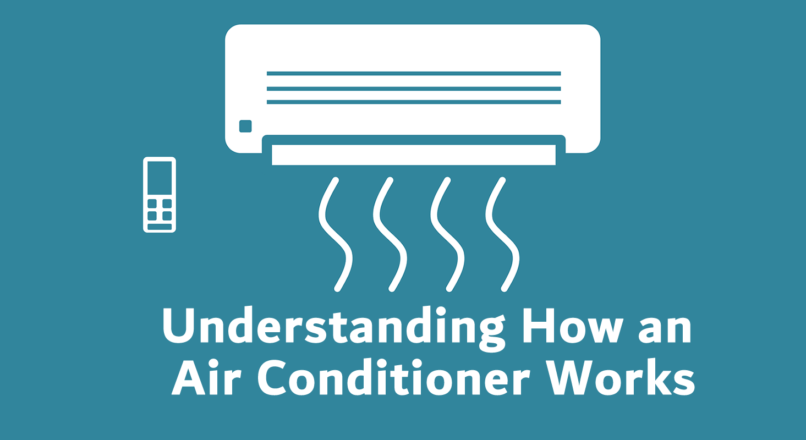
Understanding How an Air Conditioner Works
In its basic mode of operation, an air conditioner replaces the warm air in your home or office with cold air to keep you comfortable. The AC uses a refrigerant the same way a refrigerator does. The fridge, however, only cools a small enclosed space while the air conditioner maintains the temperature in an entire room.
The air conditioner draws hot air from the house or office, cools the air, and then pumps it back into the house to keep you comfortable. If the system fails, choosing the right AC repair company will help.
The Working of an AC
Inside your AC are chemicals that change the hot air in your house into liquid and then to air again within seconds. The hot air inside the house transfers outside the house so that cool air comes back to keep you comfortable.
The AC comprises three parts; a compressor, a condenser, and an evaporator. Outside the house are a condenser and a compressor while the evaporator is inside the house. Inside all these parts is the cooling fluid, which carries the warm air from inside the home. This cooling refrigerant reaches the compressor in the form of low-pressure gas. Here, the compressor compresses the gas molecules to increase their temperature and energy.
When the cooling fluid gains high pressure and high temperature from the compressor, it moves to the condenser, a part that has metal fins which enhance cooling. The fins increase the surface area of condenser, allowing it to shed off the heat very fast.
When the refrigerant undergoes condensation, it is cool and is now a liquid and not a gas. From the condenser, the refrigerant moves to the AC evaporator via a small hole. By the time the refrigerant gets to the opposite side of the evaporator, its pressure drops, and it starts to evaporate as it turns into a gas.
As the pressure drops and the refrigerant changes to gas, it collects heat from your home. This warm air causes the refrigerant fluid to expand into a gas at low pressure. The fins that increase the surface area of the evaporator facilitate the exchange of heat energy between the fluid and the air in your room.
The refrigerant leaves the evaporator at a low pressure, as cold gas, and the refrigerant goes back to the compressor so that the cooling process starts all over again. The evaporator circulates cold air in your house by the action of a small fan attached to it.
Modern AC
As most companies choose to go green and reduce the rising cost of electricity, companies are using ice-cooling air conditioners. These are water tanks that cool into ice at night for use during the day. The AC using a system of fans and pumps, circulate the cool air from the tanks into the room. This type of an AC works best for large offices that seek to cut the cost of using the conventional AC. The system does not use a refrigerant, and instead sports a simple system that you can troubleshoot at home.


Leave a reply
You must login or register to add a new comment .